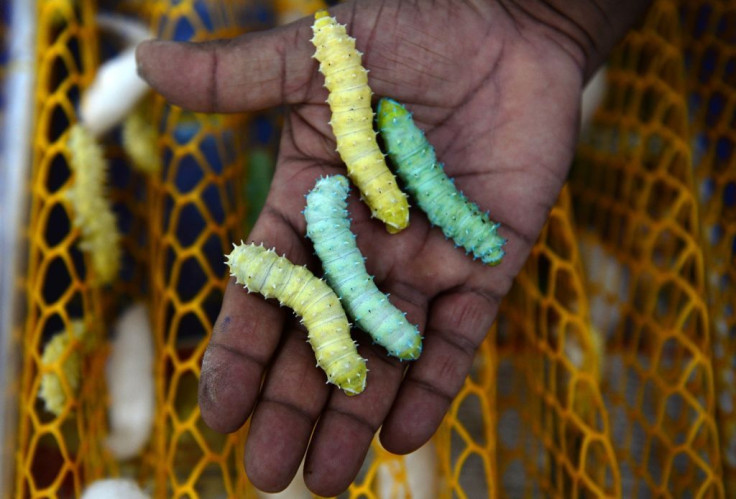'Dark' Side Of Moon Update: Plants, Animals Will Now Live In Lunar Environment

China's Chang'e-4 has brought some plants and animals along for its journey in the "dark" side of the Moon.
On Jan. 2, the Chinese spacecraft landed on the lunar far side and began its exploration of the part of the Moon that humans cannot see from Earth. However, it wasn't alone as it was carrying some living things to introduce to the lunar environment. In the Chang'e-4 is a small "tin" that contains seeds of potatoes and rockcress (Arabidopsis thaliana, a flowering plant related to mustard and cabbage). It also has a model organism for plant biology and silkworm eggs.
Xie Gengxin, chief designer of the experiment, revealed that they are hoping to find out whether the plants can successfully perform photosynthesis, grow and bloom in the environment on the Moon. According to The Telegraph, they specifically used these plants and silkworms because the plants will provide the silkworms with oxygen, while the silkworms will give them carbon dioxide and nutrients through their waste.
"We want to study the respiration of the seeds and the photosynthesis on the moon," Xie told Chinese state-run news outlet Xinhua.
Liu Hanlong, chief director of the experiment and vice president of southwest China's Chongqing University, also explained why they chose to use potatoes and rockcress for their "biosphere" experiment.
"Why potato and Arabidopsis? Because the growth period of Arabidopsis is short and convenient to observe. And potato could become a major source of food for future space travelers," Liu said. "Our experiment might help accumulate knowledge for building a lunar base and long-term residence on the moon."
This wouldn't be the first time that rockcress has been introduced to an environment outside of Earth. It was previously used in an International Space Station experiment that showed the plants' leaves appearing to rise and fall as they detected the moon's gravity. However, it remains to be seen if the plant will actually grow in the far side of the Moon.
According to Xinhua, this experiment is led by Chongqing University, which collaborated with 27 other Chinese universities. Tucked inside a 1.4-pint (0.8-liter) aluminum alloy cylinder, the "biosphere" experiment consists of dirt, water and nutrients, making it weigh about 7 pounds (3 kilograms). As for how exactly it works, sunlight will filter into the container through a "tube," and small cameras had been installed inside to observe the environment and gather data.
The experiment has no direct line of sight to Earth, so scientists will not be able to observe what is happening in real time. Nevertheless, data will still be sent back using a complicated relay system.
© Copyright IBTimes 2024. All rights reserved.





















